In this insightful exposition, Peter C. Oppenheimer, a top strategist for Goldman Sachs, examines financial markets from the perspective of historical cycles. He discerns patterns over time – some arising from policy and technology, others associated with stakeholder behaviors – that can point, to some degree, to future economic conditions that will ultimately translate into market performance. While getAbstract never offers investment advice, those interested in a robust examination of what drives market cycles will find strategic and tactical lessons in this valuable text.
Investors can reap substantial profits by understanding economic and market cycles.
Whether through periods of economic contraction, roaring GDP, high inflation or low interest rates, markets perform within discernable patterns. If investors are wise to those, they can realize long-term profits and outperforming returns. Beginning in the 1980s, greater global connectivity fueled equity markets, along with the belief that policy officials had found the perfect formula for sustained growth and limited economic disruption. And then came the October Crash of 1987, along with other shocks, including the 2008 financial meltdown.
Data-driven forecasting models often fail to predict turning points in market cycles, and people’s perceptions of uncertainty and their responses to it are not always rational. Markets exhibit short-term volatility and cyclical swings, but recurring arcs appear for extended time horizons. Investment risk profiles dictate a large portion of overall returns. Since 1860, average annualized total returns over 20-year periods is 10% for stocks and 5% for bonds. But over a one-...










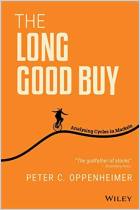

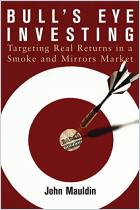
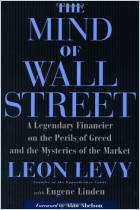
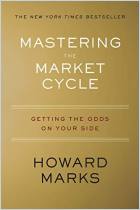
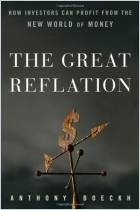



Comment on this summary